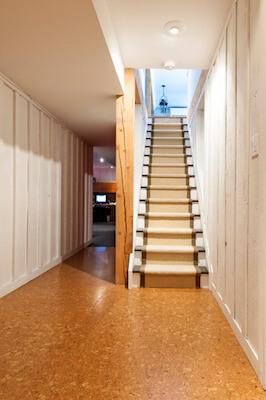When you purchase proper floor mats and floor runners, they can be an effective way of creating a safer and more secure environment for pedestrian traffic within your commercial location. However, improper or poorly maintained mats and runners can be hazardous and cause slipping and falls.
While floor mats and runners are widely used in retail and commercial applications to improve pedestrian safety in places where water and other outside contaminants may cause flooring to become dangerous, many facility owners simply don’t use them in the correct manner. Mats and runners have the sole purpose to remove moisture and soil from the bottom of pedestrian’s feet, control the spread of moisture throughout the building, and provide a slip-resistant surface in areas where falling can be a problem. However, they can pose a dangerous hazard when best practices are not followed.
Mats and runners have the same purpose, are different only in their size. A runner is a floor mat that is at least several times longer than it is wide. Both are flat, commercial grade pieces of material that are used as temporary floor coverings.
When used properly, mats and runners can protect the flooring underneath and provide a safe way for accumulating high amounts of water and debris. When possible, mats should be recessed into the floor to prevent tripping hazards. Where recessing isn’t possible, mats should be constructed with wide beveled edges and should be a contrasting color to stand out from the flooring below. It should be made of such materials as coconut fiber or heavy corrugated rubber, and be thick enough to absorb.
Aged, worn, or improperly placed mats all have potential tripping hazards. If a mat doesn’t lie flat against the ground, curls, has ridges, or puckers, it can be a hazard. Lightweight mats, in particular are susceptible to more damage, and have the potential of excessive wear in shorter periods of time.
Mats and runners should be of suitable size to reduce the potential hazard without becoming hazards themselves. A minimum of 12 to 15 feet of mat coverage should be provided to remove most of the tracked in soil and moisture. Mats should be placed by the door threshold at the entry end and cover the width of the door opening. Mats should be changed out during the day in heavy traffic areas, or where they become easily saturated.
Have questions about your commercial flooring applications? Just ask.
